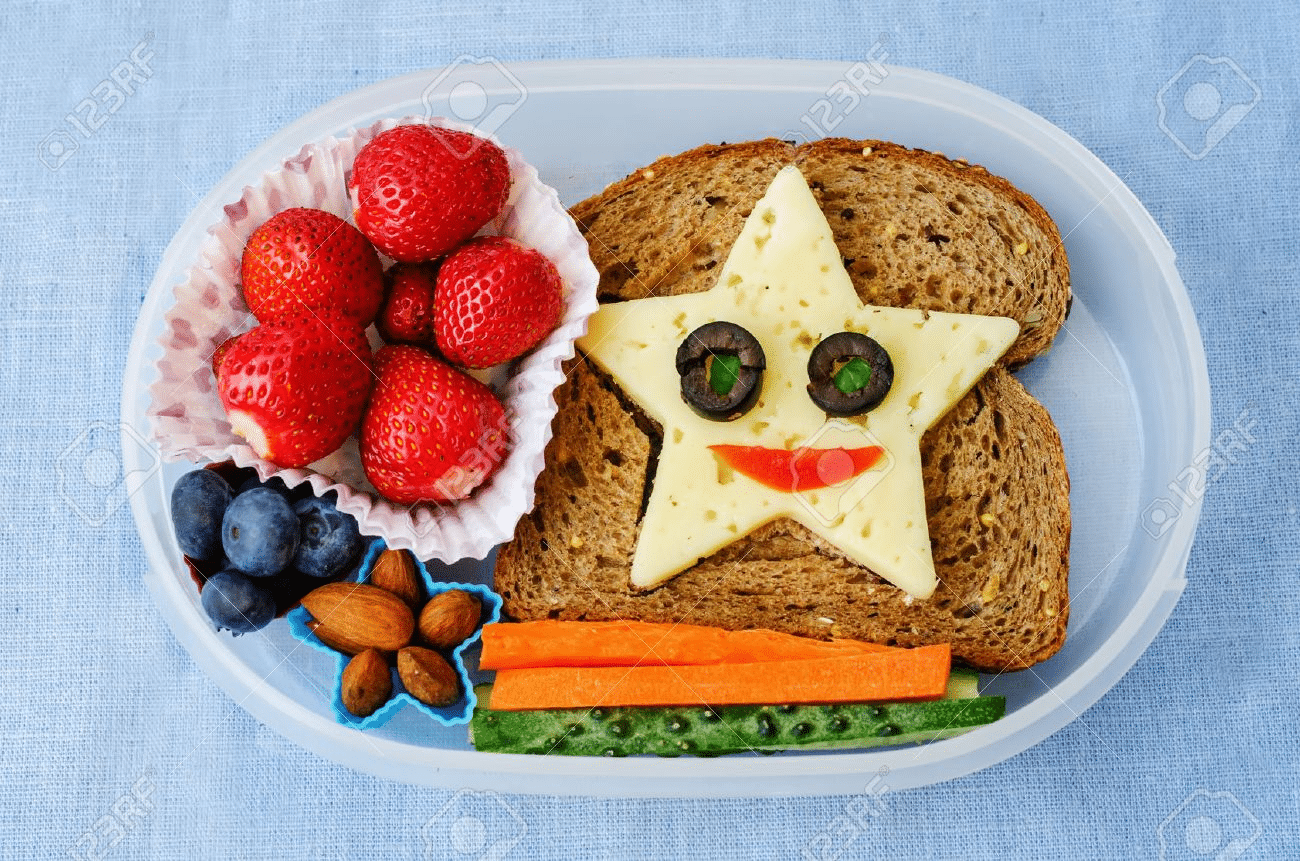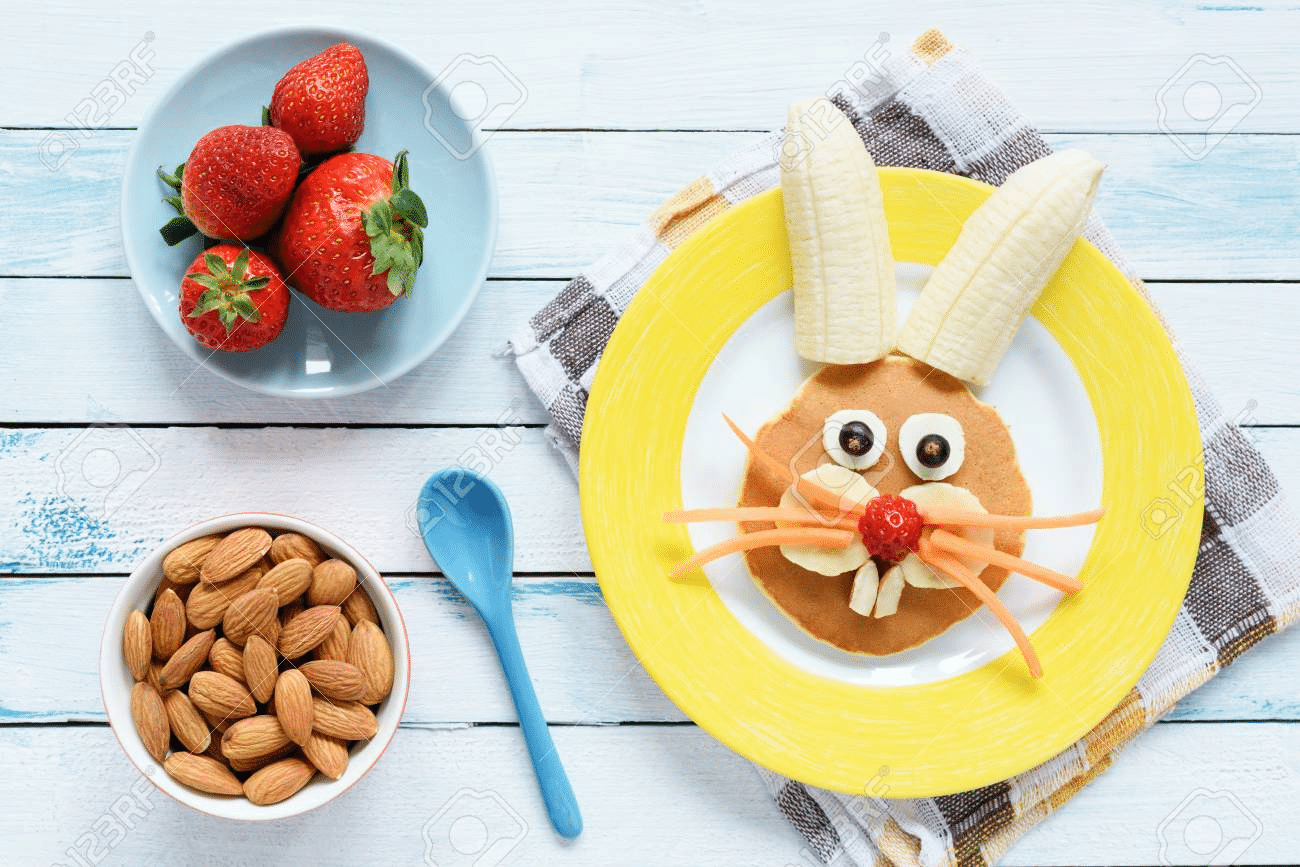
Fast facts about salt and sodium in the diet
7 Questions answered about salt and sodium
-
What is sodium versus salt?
- Sodium is naturally occurring mineral that combines with chloride to form table salt (and is also what makes the ocean salty!)
- On food labels "sodium" refers to the amount of sodium chloride (table salt) that the food item contains.
Why do we need to eat salt?
- Our bodies need sodium for common functions:
- regulating body fluids going in and out of cells
- regulating blood pressure
- nerve transmission and muscle relaxation in all muscles including the heart
What foods contain salt?
- Packaged foods (chips, crackers)
- Frozen foods (frozen dinners)
- Fast Food (and restaurants)
- Fish
- Cheese
- Deli/ smoked/ cured meats
- Adding table salt to meals
How much sodium do we need? What are the recommendations for salt intake?
- Our bodies only need 1/10 of a teaspoon a day (1/2 gram)
- The US Dietary Guidelines recommend 1500 milligrams (mgs) or less of sodium per day for adults
- Children ages 1 to 5 need only 300 mg a day
How much sodium on average to we get?
- Many Americans get 20 to 30 times more salt in their diet than the body needs
- The average adult consumes approximately 7,000 milligrams per day (4 times more than the daily recommendation!)
- The average child eats 3,000 milligrams per day (10 times more than the daily recommendation!)
What happens if we eat too much salt?
- High salt diets can lead to hypertension (high blood pressure) which can damage your heart and arteries
- Children who eat high sodium diets are more at risk for developing hypertension later in life
How can I make smart salt choices?
- Remember: Salt is salt. Salts from various parts of the world and seas are not healthier and still contain sodium!
- Read food labels and choose "low sodium" foods
- Eat plenty of calcium-rich foods such as broccoli, yogurt, tofu, etc. to maintain a healthy blood pressure
- Flavor your foods with plenty of salt free spices and herbs
Adapted from Nurturing with Nutrition by Dr. Melanie Bezarte and Lucille Beseler, RDN




